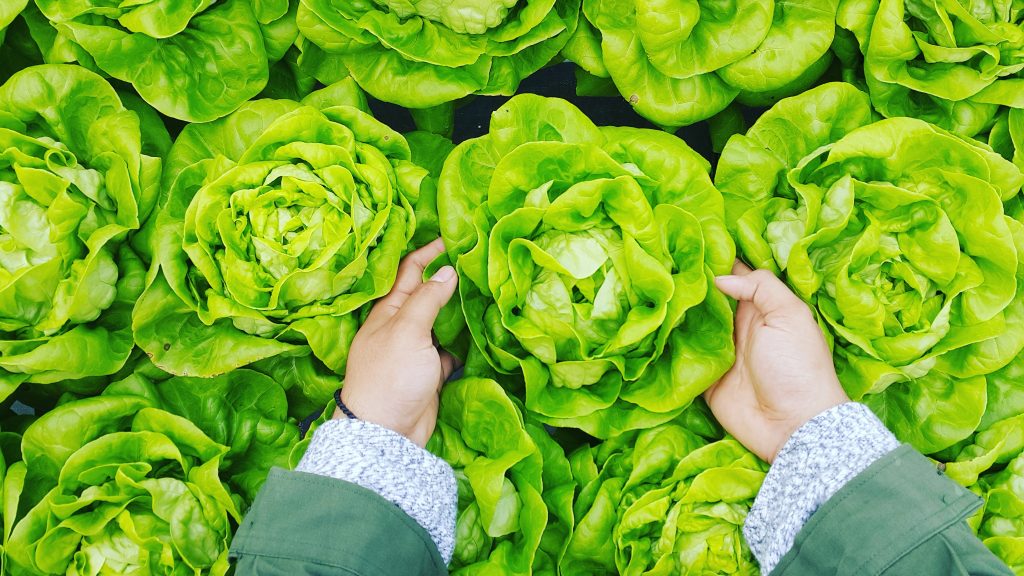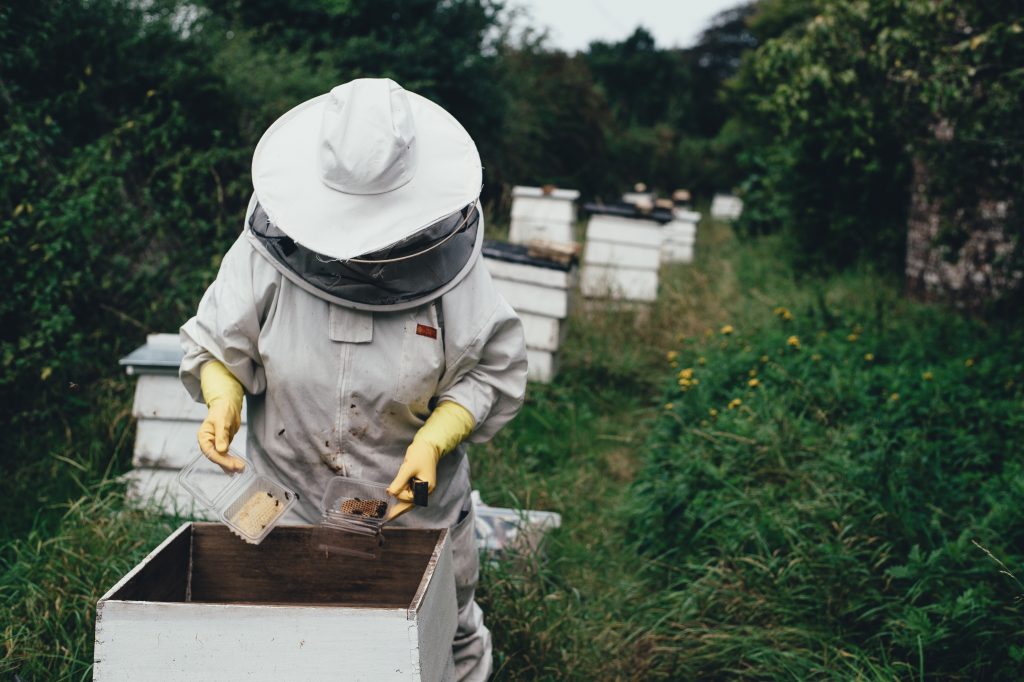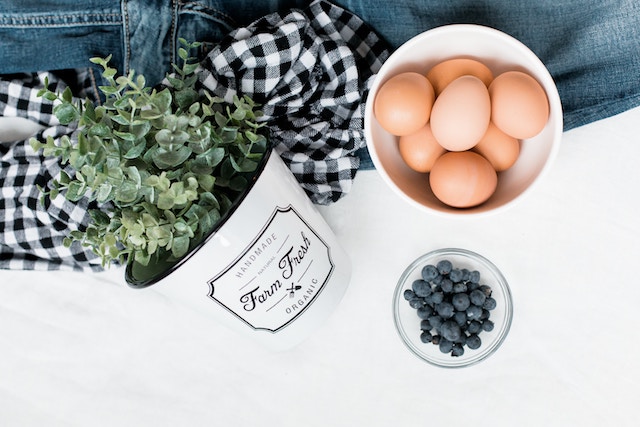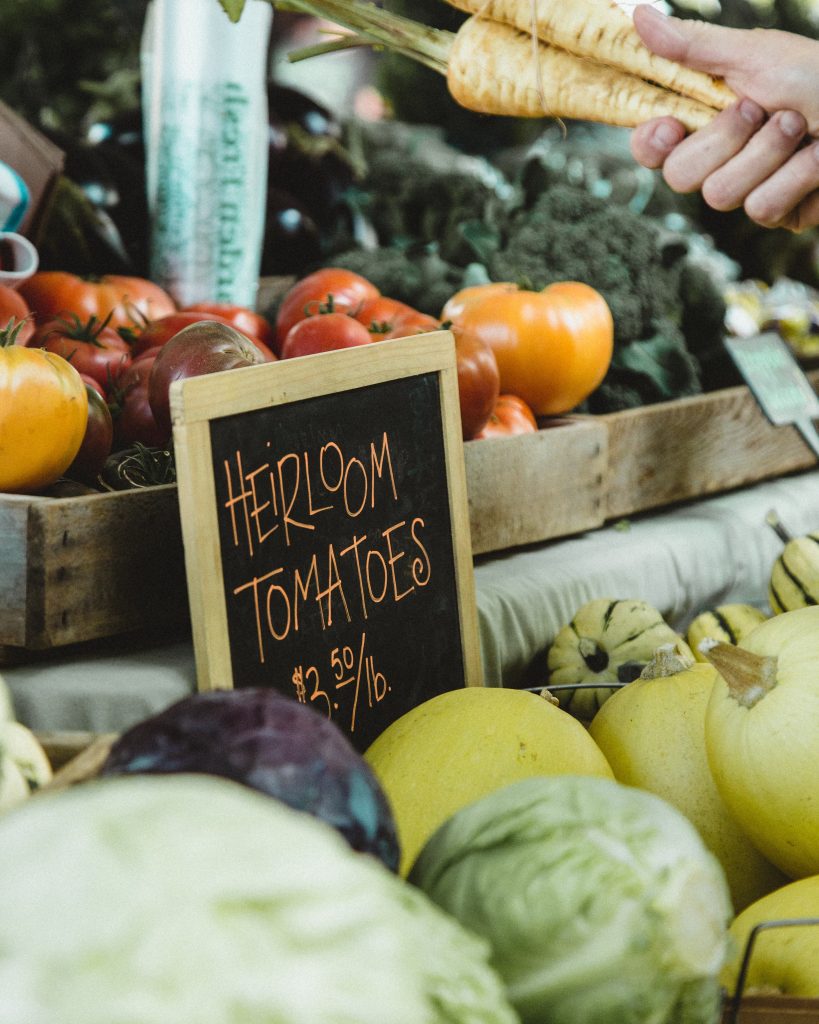There is plenty of demand for organic food across the UK today, if insight from traders which were reported on by the Daily Telegraph is anything to go by. According to the publication, sales of organic products have jumped by seven per cent between 2016 and 2017. Supermarket giant Tesco also recorded a 15 per cent increase in organic food in 2016, with Waitrose stating that they documented a five per cent increase.
Looking at these statistics, Paul Moore, the chief executive of the Organic Trade Board, commented: “Shoppers perceive organic to be healthy, tasty and are deciding that it is worth the money. The organic message is becoming better understood, and all the evidence we see is it is increasing partly because of the young audience coming into the market.”
Despite so much demand for organic food though, organic agriculture only accounts for one per cent of cropland across the globe today. With so much land available, would it be beneficial to take the necessary steps to become an organic farmer? We’ve teamed up with Lycetts, a specialist provider of agricultural insurance to bring you this IDEAL guide on organic farming.
THE CURRENT SCENE FOR ORGANIC FARMING
The Soil Association acknowledges plenty of benefits when it comes to the practice of organic farming. There has been an average increase of 50 per cent in wildlife found on organic farms and 30 per cent more species found on average on organic farms when compared to those recorded on non-organic farms. These figures make for particularly good reading when you consider that the percentage of British wildlife has dropped by 50 per cent since 1970.
Pesticide use would also decrease by 98 per cent throughout England and Wales if all farming in these nations were to be conducted organically, the Soil Association goes on to claim. More than 17,800 tonnes of pesticides were used throughout British farms during 2015 and 43 per cent of British food was found to contain pesticide residues by government testing during the same year.
How does the organic farming landscape look at the moment though? According to the Department for Environment Food & Rural Affairs’ Organic Farming Statistics 2016 report, the nation had a total area of 508,000 hectares of land which was farmed organically in 2016. In the same year, the total number of organic producers and processors stood at 6,363 — up 5.1 per cent from 2015.
Cereals, vegetables — including potatoes — and other arable crops are the three main crop types grown organically across the UK. When it comes to cereals, barley had the largest total organic area at 12,900 hectares, followed by oats (11,600 hectares) and then wheat (10,900 hectares). When breaking down other arable crops, fodder, forage and silage had the highest total organic area at 5,400 hectares. The next most popular was maize, oilseeds and protein crops at 1,700 hectares, followed by sugar beet with a total organic area of 100 hectares.
Regarding livestock, poultry is the main type that is farmed by organic means across the UK. In fact, poultry farmed organically has seen a rise of 10 per cent in 2016 to reach more than 2.8 million birds. This number is significantly more than the 840,800 sheep, 296,400 cattle and 31,500 pigs which make up the next three most popular types of livestock currently farmed organically across the nation.
It’s not all positive when reading the Department for Environment Food & Rural Affairs’ report, however. While making up a substantial space, the total area of land which is farmed organically across the UK dropped between 2015 and 2016 and has also declined by 32 per cent since its peak in 2008. All three of the main crop types grown organically have seen declines since the latter years of the 2000s too, while the number of producers is down by 35 per cent since 2007.
HOW TO GET INTO ORGANIC FARMING
Intrigued to try organic farming yourself? Before you look to get involved in the practice, it’s wise to first understand more about the concept. Organic farming is a type of crop and livestock production that is designed to optimise the productivity and fitness of diverse communities involved in the agro-ecosystem. Livestock, people, plants and soil organisms are all covered within this holistic system, with the primary aim to develop enterprises that are both sustainable and harmonious with the environment.
Traditional farming and organic farming differ significantly, especially due to the following procedures being in place for the latter:
- Any genetically modified crop or ingredient is banned.
- The routine use of antibiotics, drugs and wormers is banned.
- Artificial chemical fertilisers are prohibited. Instead, organic farmers are encouraged to develop soil which is healthy and fertile by growing and rotating a variety of crops, making use of clover to fix nitrogen from the atmosphere and adding organic matter — compost, for instance.
- There are severe restrictions on pesticides, with organic farmers instead looking to wildlife to provide a helping hand for controlling disease and pests.
Be sure to note that you must register with an organic control body before you produce, prepare, store, import or sell any organic products too. This process involves the completion of an application, an inspection being carried out and then steps being taken to make you a certified organic farmer. The entire procedure can take two years to complete — at the end of which you’ll receive a certificate from an organic control body (CB) to prove you’re registered and passed an inspection. You will be breaking the law if you claim that a food product is organic if it hasn’t been inspected and certified by a CB.
Once you have your certificate, keep it safe as it will be your proof that you’re a certified organic farmer. It’s only valid for one year as well, though renewal will simply involve a CB inspecting your farm and then updating your records if the inspection is a success.
You can learn about how to meet EU standards where organic farming is concerned through this link — this resource is also handy for discovering the numerous funding options which are available to assist you in your efforts to convert to organic farming practices.









